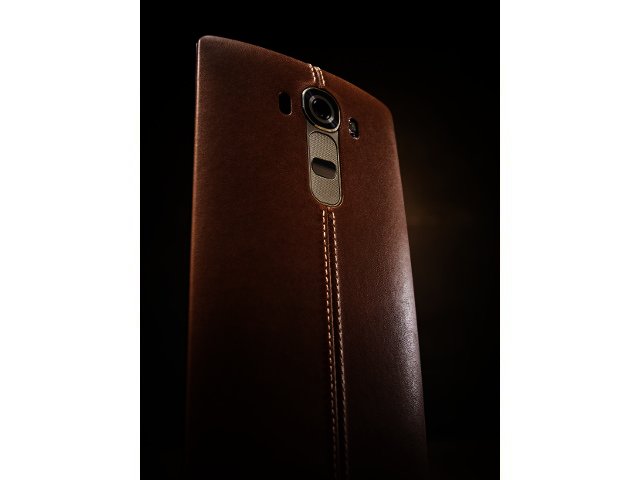Picture yourself taking a selfie, holding up the camera, tapping through to the front-facing camera, trying to keep your hand steady, laughing and shaking but finally getting the shot. Now imagine you tried to do the same thing 100 years ago. It was a whole different story, involving drawn out poses and development time. It wasn’t so long ago that the digital camera completely replaced the film camera, but that doesn’t really give us a full appreciation of just how much photographic technology has changed in a few hundred years.
Of course, we don’t have many pictures lying around from way back when, but cameras themselves provide the perfect example of the way technology evolves over time.
The earliest version of what we’d loosely consider a camera existed around 1000AD, in the form of the Camera Obscura. This was the device used to take the first photograph centuries later in 1827, when Frenchman Joseph Nicephore Niepce produced the first “sun print”. Unfortunately, one successful image took eight hours of light exposure to produce, and only lasted a short while before fading away. It took over a decade for Louis Daguerre (another Frenchman) to reduce exposure time to 30 minutes, and to keep the image from vanishing.
Even with the added speed of development though, the process was still far from perfect. To take a single photograph, groups of people would huddle together and pose stiffly for what must have felt like ages. Any sudden movements could ruin an image, so although they were participating in the use of incredible new technology, it was hardly any different than the posing done by the subjects of paintings for generations before. The entire process was arduous and drawn out, a far cry from the user-friendly experience of snapping a selfie today.
Things got a little better in 1889, when George Eastman developed the first flexible roll-up film, which anyone born before the 1990s may actually remember using. It took another 50 years for Kodak to produce colour film in the late 1930s, but black and white photography still persisted through the next decade. It seemed that even when we had access to new technology, it still had to share some real estate with the ghost of the thing it would replace. The first digital camera fared similarly when it debuted in the 1980s, taking two full decades to effectively replace film cameras.
Through all these changes in technology, our reason for taking photographs has remained the same. We record images because we want to remember important moments in our lives, to revisit them and to tell stories about them. Over the years we worked to develop the camera, people found better ways to speed up each step of the process, but it was always in an effort to streamline the effort it takes to share our stories
This has never been more apparent than today, where photography has become the most powerful storytelling tool in the arsenal of every single user on the planet. Smartphones have provided users with the perfect crossroads between communication and education, existing alongside the ghosts of landline telephones, desktop computers and photographers packing pounds of DSLR gear in backpacks and hanging from every available limb. And just as older cameras have had to evolve with the times, so too have smartphone cameras, evolving from simple low-res devices to the focal point of many devices.
“Including cameras in smartphone devices has actually grown users’ interest and understanding of photography as an art, and so users are looking for more from their devices,” says Deon Prinsloo, Mobile GM at LG. “More control, versatility and higher quality images are all important to users, which is why we’ve made improving the camera a focus with each new device.”
Smartphones are now equipped with cameras powerful enough to capture professional quality images. LG’s G4 even offers an 8MP front facing camera, transforming the selfie into a high quality portrait. That’s on top of the phone’s manual mode, which offers users increased control over the shots they’re taking, allowing them to toy with aperture sizes and other specs before taking a shot, and to edit their images before sharing them online.
Today we’re light years away from the eight-hour development times and long, stiff poses of the 1800s, but up until now, smartphone cameras seemed like they were at the absolute peak of what they could do. Turns out users had other plans, and even what seemed like the best thing we could do was just a stepping stone along the way through history. Now picture yourself taking a selfie a hundred years from today… what will the camera look like then?





